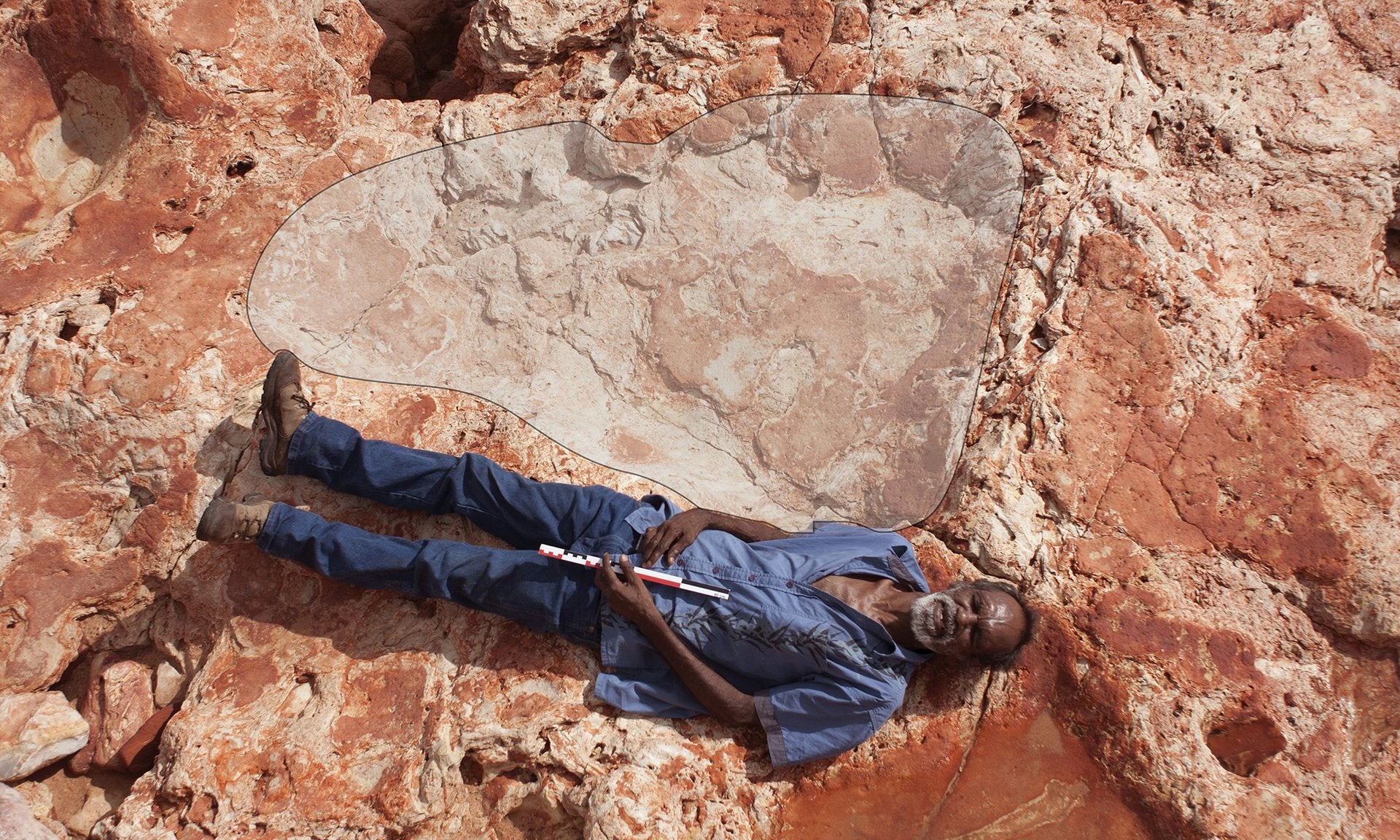Biggest dinosaur footprints ever seen discovered in 'Australia’s Jurassic Park'
Palaeontologists discover tracks around 1.7 metres long

Your support helps us to tell the story
From reproductive rights to climate change to Big Tech, The Independent is on the ground when the story is developing. Whether it's investigating the financials of Elon Musk's pro-Trump PAC or producing our latest documentary, 'The A Word', which shines a light on the American women fighting for reproductive rights, we know how important it is to parse out the facts from the messaging.
At such a critical moment in US history, we need reporters on the ground. Your donation allows us to keep sending journalists to speak to both sides of the story.
The Independent is trusted by Americans across the entire political spectrum. And unlike many other quality news outlets, we choose not to lock Americans out of our reporting and analysis with paywalls. We believe quality journalism should be available to everyone, paid for by those who can afford it.
Your support makes all the difference.The biggest dinosaur footprints ever discovered have been found in “Australia’s own Jurassic Park”.
Palaeontologists discovered tracks around 1.7 metres long, enough for an average human to lie down in, embedded in sandstone rock along the remote Kimberley shoreline region in Western Australia.
The giant prints were left by huge Diplodocus-like herbivores, and smash the previous record find of 106cm tracks found in the Mongolian desert last year.
Steve Salisbury, a palaeontologist at the University of Queensland, estimates the dinosaurs would have stood at an “enormous” 5.5 metres at the hip. For comparison, giraffes are around 5 metres tall in total.
"It’s such a magical place, Australia’s own Jurassic Park, in a spectacular wilderness setting,” he told ABC News.
He added: “There are thousands of tracks. Of these, 150 can confidently be assigned to 21 specific track types, representing four main groups of dinosaurs."
Dubbed the “Cretaceous equivalent of the Serengeti”, it is thought to be the most diverse collection of footprints in the world.
"These animals did exist," he said. "They were out there and we're seeing evidence of them having existed in the Kimberley 130 million years ago based on these tracks."
As well as the giant sauropods, scientists discovered tracks from four different types of two-legged herbivores and six types of armoured dinosaurs, including Stegosaurs, which had never been seen before in Australia.
The investigation started after Mr Salisbury and his team were contacted by the region’s custodians, the Goolarabooloo people.
They were aware of the prints and feared they would be destroyed after the Australian Government selected the region as the preferred site for a $40bn (£32bn) natural gas processing precinct in 2008.
The scientists spent more than 400 hours investigating the tracks with help from the Goolarabooloo people. In 2011, the area was granted a National Heritage listing, and in 2013 the gas project collapsed.
The findings are reported in the Memoir of the Society of Vertebrate Paleontology.
Join our commenting forum
Join thought-provoking conversations, follow other Independent readers and see their replies
Comments